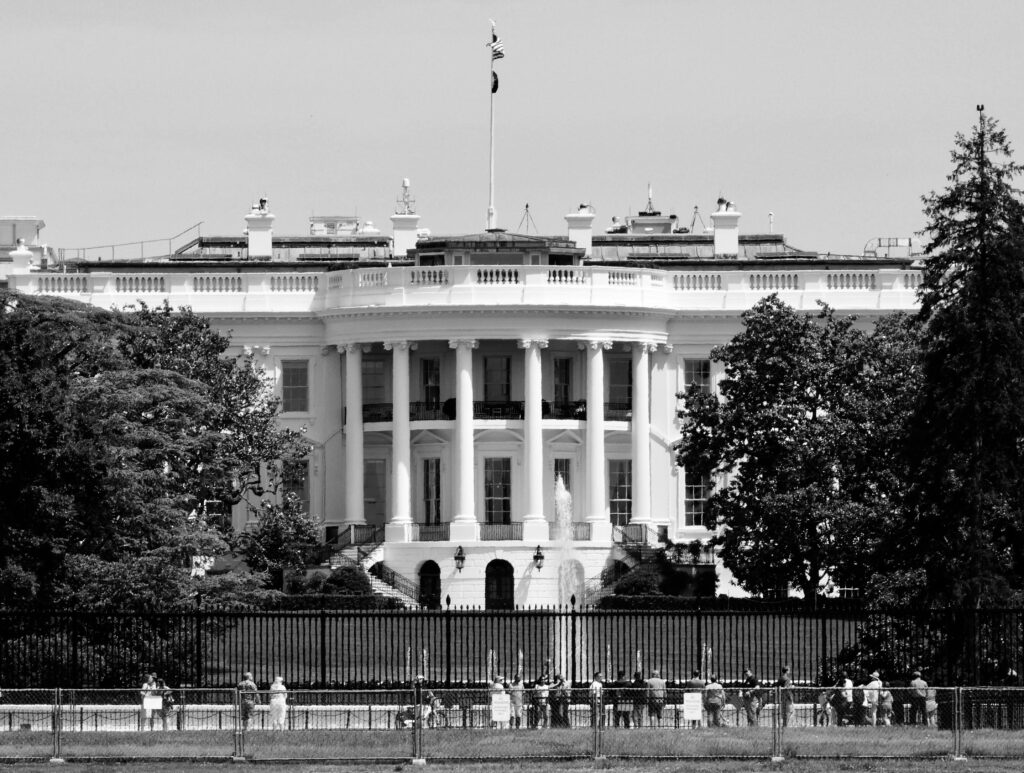Burning Ambitions: How Three Presidents Ignited the Natural Gas Revolution

Natural gas is delivered to Americans across the country through a pipeline network more than 2.6 million miles long. This network, the energy within it and the natural gas utilities that run it are overseen by a complex array of regulatory agencies. This system evolved over the course of the 20th century, with frequent work and support by American Presidents. This President’s Day let’s look back on some of the Presidents who made the greatest impact on our natural gas system.
As one might expect from the man whose political success convinced Congress to institute term limits, President Franklin Roosevelt was tremendously influential in shaping America’s regulatory landscape. Natural gas rapidly grew in importance over the first decades of the 20th century, with nascent natural gas utilities and localized natural gas delivery systems beginning to grow. As pipeline technology advanced, those delivery networks expanded – first from town to town, then from state to state. While a sign of America’s progress, this boom of natural gas was not without its growing pains.
A utility company, whether it delivers natural gas, water, or electricity, requires an enormous amount of infrastructure. Making this financially viable requires a sufficient density of customers in one area – to keep costs low. However, if there were five or six companies operating in that area, each running their own pipelines to service a smaller share of the market, the cost of natural gas would be significantly higher and unaffordable to most customers. Utility companies are therefore natural monopolies, where a single company serving a given area is best for the companies and the customers alike.
The problem here is that unregulated monopolies, with the ability to set their own prices in the absence of any competition, are prone to setting those prices high. Regulation was needed to ensure that this profit did not become unreasonable at the expense of the customers.
Enter Roosevelt. In 1935, following a report by the Federal Trade Commission highlighting this problem, Congress passed the Public Utility Holding Company Act of 1935. This act gave Congress the authority to regulate, license and break up energy utilities. Today, America’s natural gas utilities remain regulated monopolies, with expenditures and pricing submitted to and approved by government boards. What this regulation did not do was address a second challenge: interstate natural gas transmission companies could dictate prices to utilities.
To address this, just three years later, the Natural Gas Act of 1938 removed price-setting power from interstate natural gas transmission companies and delegated the authority to ensure “just and reasonable” rates to the Federal Power Commission. In doing so, Roosevelt left us with the regulatory basis of the modern natural gas system firmly established. Infrastructure could be built, encouraged by fair and reliable profits, to deliver necessary energy to customers at just and reasonable prices.
Things ran reasonably smoothly until the 1973 oil embargo by Arab oil-producing states triggered an Energy Crisis. President Richard Nixon, recognizing that dependence on potentially hostile foreign powers for energy isn’t a sustainable way to run a superpower, launched Project Independence. This initiative sought to achieve American energy self-sufficiency by 1980.
Project Independence had a two-pronged approach for tackling this goal: reducing energy consumption through greater efficiency and conservation while increasing American energy production. While Project Independence failed to achieve its goals by 1980, energy efficiency remains a key pillar of the American natural gas industry. The average natural gas home sees its emissions fall by 1.3% each year thanks to greater energy efficiency, with total emissions down by more than half since Nixon’s tenure as President. At the same time, the gas delivery system meanwhile has been made increasingly more efficient, with emissions down by 70% since 1990. Additionally, the Shale Revolution unleashed an incredible energy boom starting in the mid 2000’s, with abundant natural gas finally delivering the energy independence Nixon had sought.
When President Jimmy Carter followed Nixon however, he inherited a still ongoing energy crisis, and took additional steps to alleviate it with the Natural Gas Policy Act of 1978. This legislation authorized the federal government to take emergency actions to address the shortage of natural gas. and turned Roosevelt’s FPC into today’s Federal Energy Regulatory Commission (FERC) with wide ranging powers to regulate both interstate and intrastate production and transmission intended to help cut through red tape and address energy shortages. NPGA helped to increase the supply of available natural gas, allowing the establishment of the modern natural gas market.
The natural gas system and the regulations overseeing it continue to evolve as modern presidents respond to changing geopolitical conditions and political environments. One thing remains certain: a great many more presidents will have the chance to make their contributions to this vital system as it continues to supply safe, reliable and affordable energy for many decades to come.